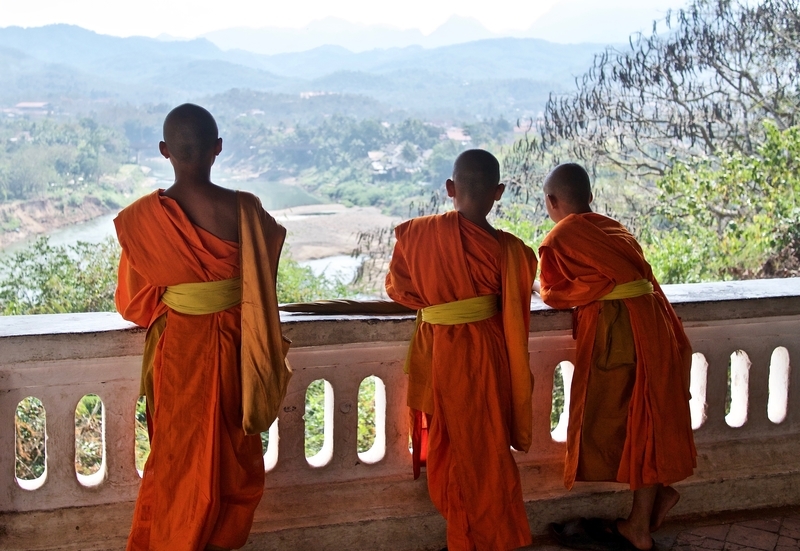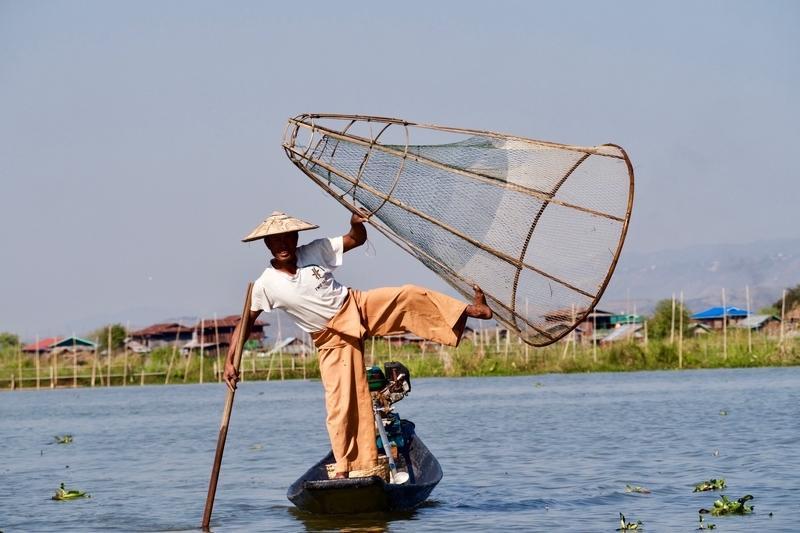
A Perfect Three Day Inle Lake Itinerary
Myanmar may still seem off-the-beaten-path when compared with its Southeast Asian neighbors, but you wouldn’t know it during a visit to Inle Lake. Inle Lake is—along with Yangon’s Shwedagon Pagoda and Bagan’s temple-strewn plane—a major draw for international travelers to Myanmar. Hemmed by lush green hillsides and picturesque villages, the placid waters of the lake are home to floating gardens, Buddhist stupas, and communities built on stilts.
Inle Lake is a place that is at once enchanting and serene, magical and breathtaking. Yet, it is also a place that elicits a wide range of impressions from visitors. While reading online blog posts and forums, I found that people often complained about the lake’s inauthenticity. They complained about the crowds, the touts and the pushy vendors.
Still, I wanted to visit the lake for myself. Was Inle Lake the fascinating floating village that it appeared to be in photos, or was it merely a tourist trap?
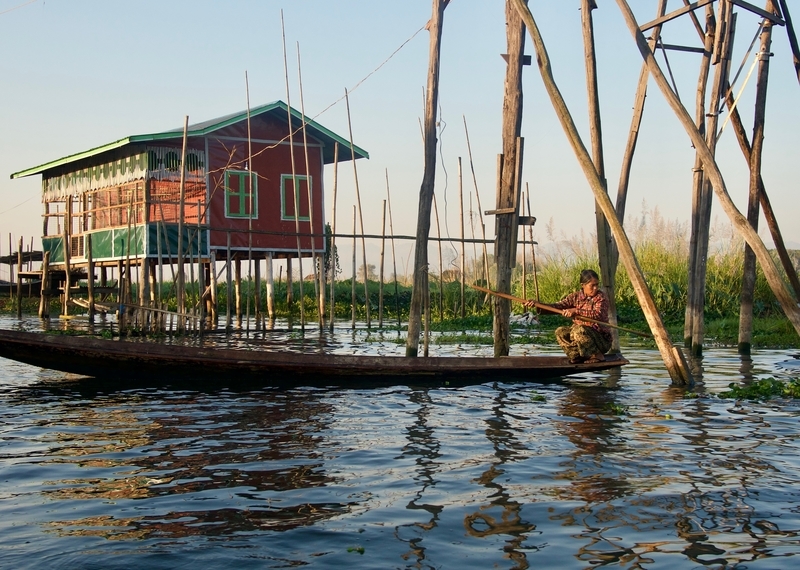
Three Days in Inle Lake Myanmar
My friend and I had three days to settle into the rhythms of life along Inle Lake. Our three days in the area gave us time to explore the unique landscape of the area at our leisure. With three full days, we explored Inle Lake and its surroundings by boat, on foot, and by bicycle.
Day 1: Inle Lake Boat Tour
In light of the many blog posts lamenting the quality of boat tours around Inle Lake, I was happy to see that our hostel offered its own full-day excursion. For a slightly pricier offering of $20 including lunch, our Inle Lake itinerary promised to “cut the BS” out of its Inle Lake boat tour.
And, for the most part, it delivered.
Our Inle Lake boat tour began merely minutes after Val and I arrived in Nyaung Shwe. Still tired from our overnight bus journey, we climbed sheepishly into a boat and wrapped ourselves in blankets, while our guide led us from the village canals to the open water.
As the sun rose above the waters of the misty lake, we watched villagers tend to their gardens. We watched children float by on their way to school. We watched as mothers washed dishes and clothes at the water’s edge.
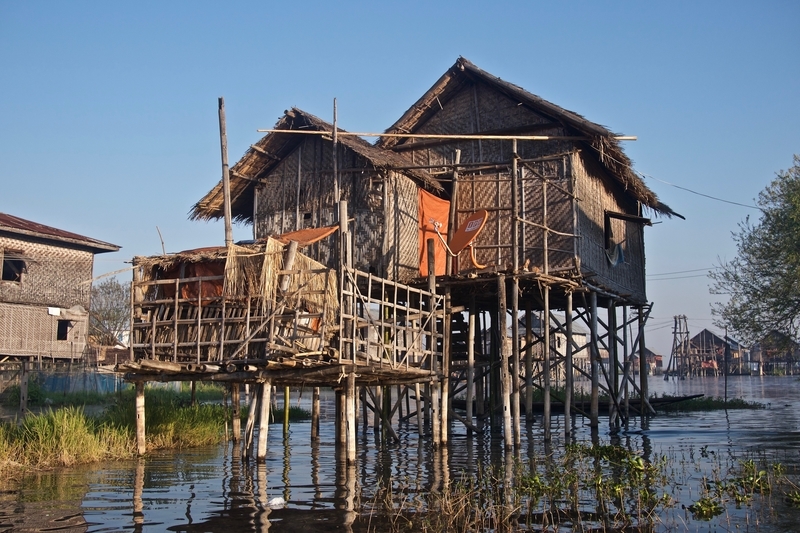
The 116 square kilometer lake is home to a large population of Intha fishermen. The Intha people are the primary inhabitants of Inle Lake. Much like the residents of Ganvie village in Benin, they have constructed a thriving above-water community. They live in stilted houses, cultivate crops in their floating gardens, row to their schools in hollow wooden boats and practice a unique leg-rowing tradition that dates back to the 12th century.
As we traversed the lake by boat, we passed silhouettes of leg-rowing fisherman that were paddling in this distinctive standing position with one foot wrapped around the paddle.
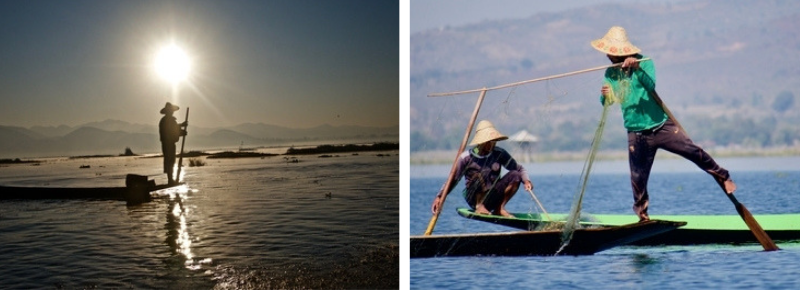
Despite the fact that Inle Lake is one of the top places to visit in Myanmar, we saw very few other tourists during our tour. We at lunch with a local family, learned to row in typical dugout canoes, meandered through floating gardens and watched people go about their daily lives on the lake–selling goods at the market, washing clothes, going to and from school.
As part of the tour, our guide brought us to a variety of handicraft stores, where we witnessed women weave scarves out of lotus flowers and children roll out leaves to make cheroot cigars. But as promised, nobody pushed us to buy anything.
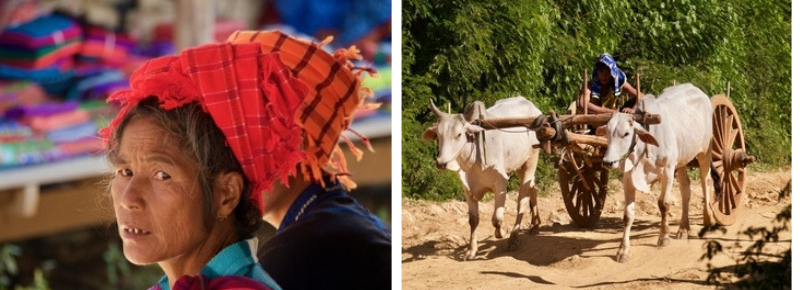
It wasn’t until the very end of our ten hour tour, that I got a taste of Inle Lake’s “inauthenticity.” For despite our tour proclaiming that it had “cut the BS” out of visiting Inle Lake, our guides couldn’t quite resist including the fake fishermen into our Inle Lake itinerary.
The Inle lake fake fishermen are a group of men looking to score a few kyat by posing flamingo-style on their boats in a reenactment of traditional rowing methods.
The fishermen were fake, there was no doubt about that. Even the fish they held up to show us, had been dead for a while.
Yet, while everybody seemed to criticize the presence of the “inauthentic” fishermen, I noticed that they reached for their cameras regardless. And while I cringed at the idea of snapping photos of such a staged enactment, I found myself reaching for my camera and taking a photo, too.
Sometimes photo opportunities–even if staged– are too good to resist.

Day 2: Burmese Cooking Class and Winery Visit
After a successful boat tour around Inle Lake, we spent the following day at Nyaung Shwe’s Bamboo Delight Cooking School. With our local guide, we wandered the maze of market stalls in search of ingredients and spent the afternoon learning how to make tasty curries and salads. The Burmese cooking class was a whole day affair and culminated in one of the best feasts I’d had during my travels in Asia. The setting was intimate and homey and the food was delicious and plentiful.
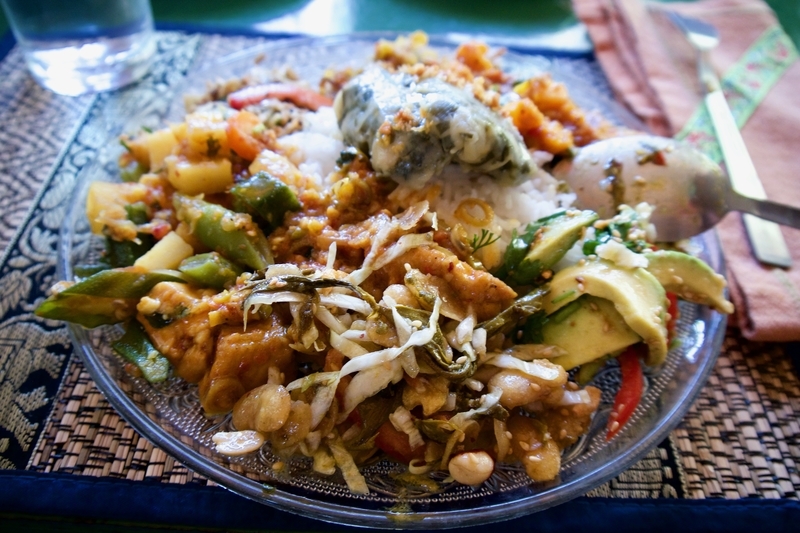
In the evening, Val and I relaxed at the Red Mountian Winery with new friends we had met at our hostel.
The wine may have left a lot to be desired, but the views were A+.
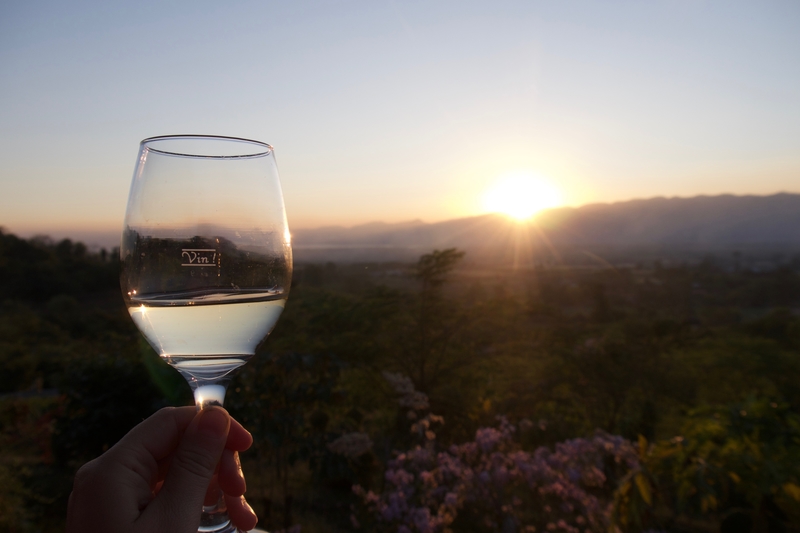
Day 3: Exploring Inle Lake by Bicycle
After Val left Inle Lake to begin her journey home, I spent my remaining day on the lake exploring Inle Lake by bicycle
Following a hand drawn map provided by my hostel’s front desk, I got lost down winding roads, ate my way through bustling markets and caught glimpses of local life on the lakeshore. I saw farmers using water buffalo to plow their fields, women with wide-brimmed hats planting rice and children chasing dogs down dusty streets.
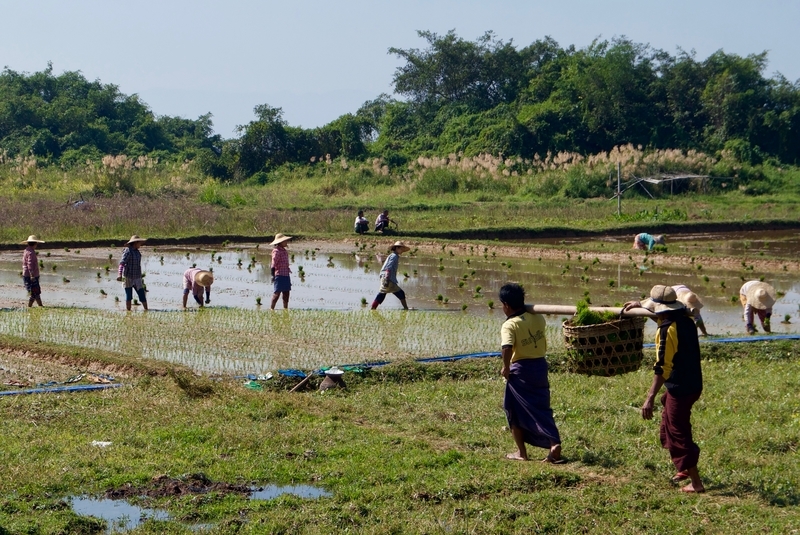
I found nothing staged or inauthentic about my surroundings during my bike ride around Inle Lake. People were merely walking to school, tending to their crops and going about their afternoon chores.
***
The idyllic Inle Lake is quickly gaining popularity–much to the chagrin of travelers seeking to “get away from it all.”
But, the area really is beautiful. And, for the most part, my three day Inle Lake itinerary consisted of meandering through stilt villages and watching local life unfold. Looking back at my experience, I’m glad I booked a tour through Song of Travel Hostel. I’m glad that I was able to witness the lake’s misty waters and its floating communities. And I’m glad I took the time to explore the lake by boat, by bike and on foot.
But, most of all, I’m glad the reviews I’d read online didn’t make me shy away from spending three wonderful days in one of Myanmar’s most idyllic and fascinating places.
